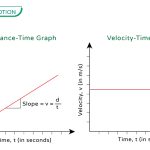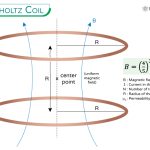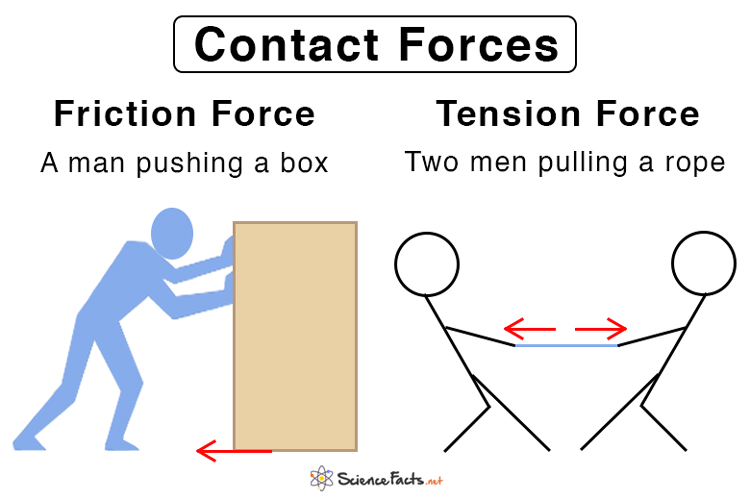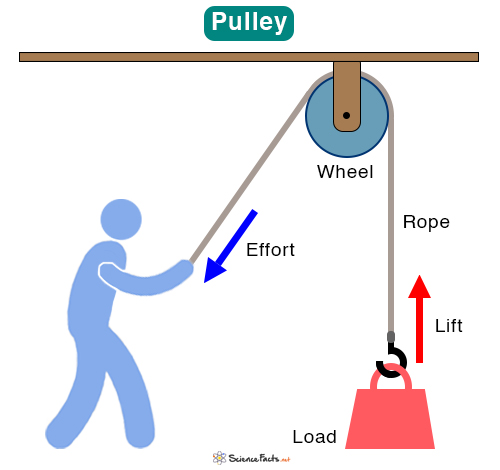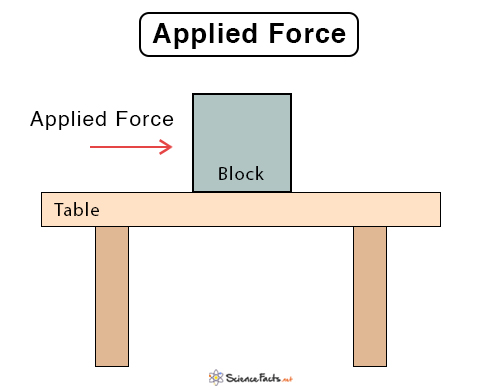Magnetic Vector Potential
In magnetism, the magnetic field provides the direction and strength of the magnetic force in a region of space. For example, a current-carrying wire produces circular magnetic field lines around it, whose magnitude and direction can be found by Ampere’s Law and the right-hand thumb rule.
However, directly working with the magnetic field can be challenging, especially for complex geometries. It is where a quantity called the magnetic vector potential becomes useful.
Relation Between Magnetic Field and Magnetic Vector Potential
The magnetic vector potential, denoted by A, is a vector field, just like the magnetic field B. It is related to B by a simple equation:
Therefore, B can be found by taking the curl of A.
In some situations, A is easier to calculate than B. This is especially true when dealing with complex current distributions. Also, A plays a key role in certain areas of physics, like electromagnetic waves and quantum mechanics.
Unit of A
Since the curl operation does not change the basic unit of a quantity apart from involving spatial derivatives, A must have a unit that gives the unit of B when taking the curl. B has the tesla (T) unit in the SI system. It turns out that the unit of A is tesla ∙ meter (T·m) or weber per meter (Wb/m).
Scalar Potential Analogy
The magnetic vector potential is analogous to the electric field E. E can be written as the negative gradient of a scalar potential ɸ:
The scalar potential helps us understand electric fields, just as the vector potential helps us understand magnetic fields. However, unlike ϕ, A is a vector quantity. It means that A has direction and magnitude at every point in space, which is denoted by three components (Ax, Ay, Az) in a three-dimensional space.
We know that the electric potential simplifies electrostatic computations. Similarly, the magnetic vector potential facilitates solving magnetostatic problems.
Magnetic Vector Potential Equation
Biot-Savart law for steady currents is applied to calculate the magnetic vector potential.
The general expression for A is:
Where:
– A(𝐫): Magnetic vector potential at the field point r
– μ0: permeability of free space (= 4π x 10-7)
– J(𝐫′): Current density at the source point r′, which gives the amount of current flowing per unit area at that point
– |𝐫 – 𝐫’|: Distance between the source point (where the current is) and the field point (where A is calculated)
– d3r′: Small volume element at the source
This equation tells us that A at a certain point in space depends on the current. The contribution from each current piece gets weaker the farther that point is from the wire, due to the 1/|r – r’| term.
Example of Magnetic Vector Potential
Current-Carrying Wire
Consider a long, straight wire carrying a steady current I along the z-axis. Since the current is uniform and extends infinitely, we expect that the magnetic vector potential A will have a circular symmetry around the wire.
We start with the general expression for A in magnetostatics:
Since the current is concentrated along a thin wire, the current density J can be expressed using a line current representation. Instead of a volume integral, we use:
Where dl′ is an infinitesimal element of the current-carrying wire.
Since the wire is along the z-axis, we use cylindrical coordinates (r,ϕ,z), where:
– The current I flows in the z-direction.
– The position vector r is the field point where we want to compute A.
– The source point along the wire is r′ = (0, 0, z′).
For a field point at (r, ϕ, z), the distance between the source and field point is:
Since the current flows only in the z-direction, we express dl′ as:
Substituting into the equation for A, we get:
This integral is a standard result in electromagnetism, and it evaluates to:
To make A physically meaningful, we can redefine the constant and write:
This shows that A is directed along the z-axis, meaning the magnetic field B must form circular loops around the wire.
Now, we calculate B using:
Since A has only the z-component, taking the curl in cylindrical coordinates gives:
Substituting
Thus,
This result matches Ampere’s Law, confirming that the magnetic field circles around the wire with magnitude:
-
References
Article was last reviewed on Monday, April 7, 2025


